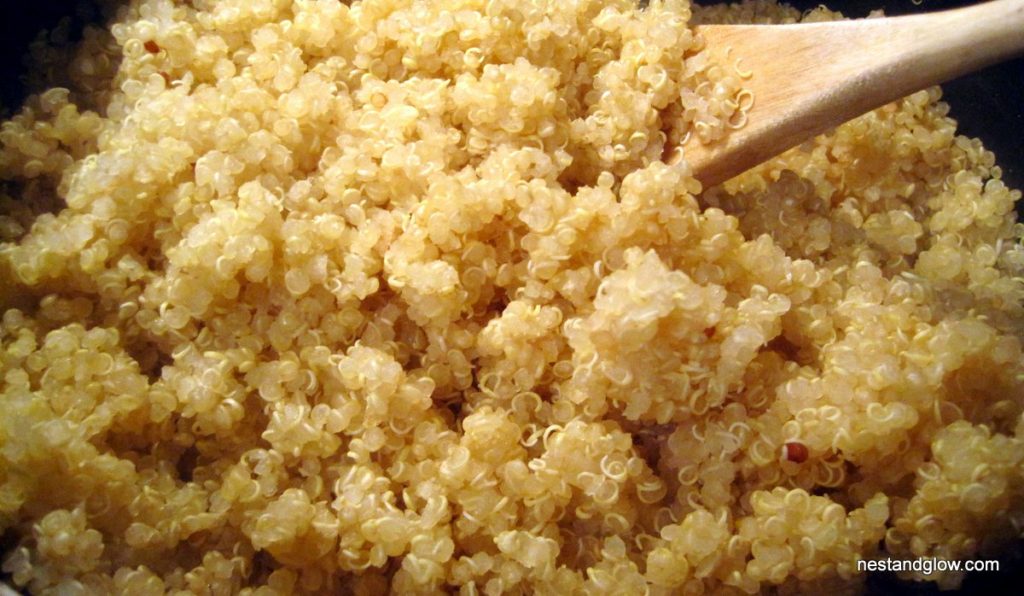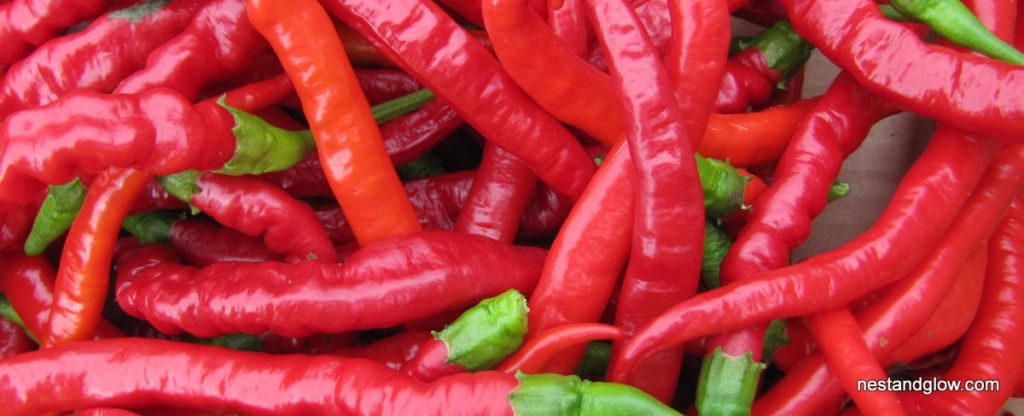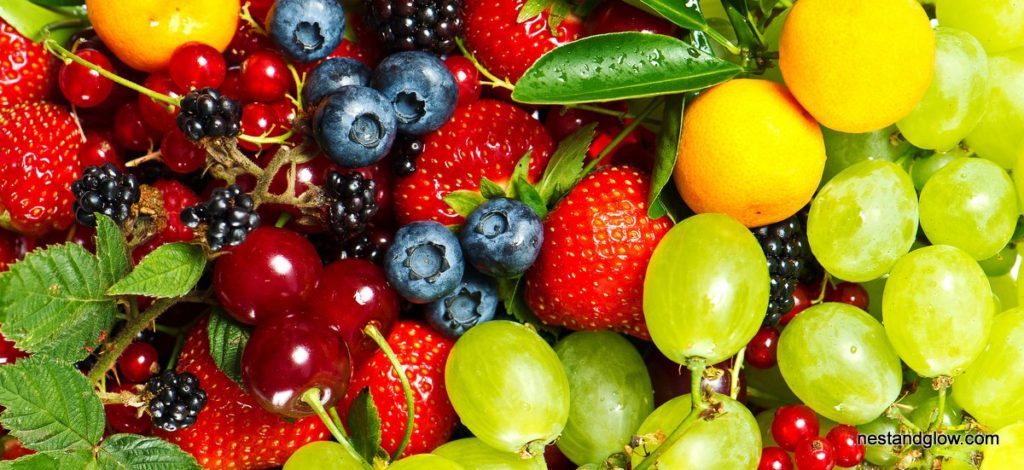Anyone that has tried to go on a low carb diet knows how much the body craves the starchiness of rice, potatoes, pasta and similar carbohydrates. We have a recipe for zucchini noodles and as delicious as they are (in a creamy cashew tomato base), they don’t compare to traditional noodles but are a nice light dish.
It was commonly thought in the western world that there were just 4 primary tastes. Then umami was finally recognised as the 5th taste. This taste is commonplace in British food in stocks and gravy.
In a study at Oregon State University volunteers were given different starchy solutions and were able to detect a flour like flavour even when the receptors for sweetness were blocked. Asian participants described it as rice-like and Caucasians described it as bread like. This is the first piece of evidence that starch on its own could be a taste.
Before starch is fully adopted as a taste it needs to be accepted as a recognisable taste, identify specific tongue receptors, and be shown to have some kind of useful physiological response.
Why spicy is not a taste
While spicy is a flavour it is not a taste. The spicy taste you get from chilli peppers is not considered a taste as our tongues do not have specific receptors for it. Nerves react to spicy foods to detect pain and these are not exclusive to the tongue – try rubbing a chilli pepper on your skin or sniffing it. Some cultures do consider spicy and saline as tastes, but these are not accepted by scientists as tastes.
Other possible tastes that are vying for a place
While this article is naming 6 tastes there are several other proposed tastes that scientists are suggesting should also be given a place.
These include oleogustus – the taste of fats. There is no denying that food tastes different and often better with some fat. Even if you’re following a healthy diet it’s common to dress food with cold pressed oils to get this oleogustus taste.
Kokumi is derived from the Japanese words “rich” and “taste”. It’s been mooted since the 80s and is often seen as the sweet version of umami as some tests have shown it makes low fat and low sugar foods more palatable. The debate continues and some believe it to be a subsect of umami.
Other possibilities are the taste of calcium, the taste of metals (from blood and some herbs such as basil) and the taste from carbonated drinks. More are likely to be mooted and the debate seems to be never ending.
More information on the 6th taste from the New Scientist.






Just found your blog from a facebook post. Loving it. I am a Vegan Chef and I use to own a restaurant that was refined sugar free, gluten free, soy free, and peanut free. I love finding new ideas.
Thanks for all of your hard work
Thanks so much Kellie really nice to know you like it